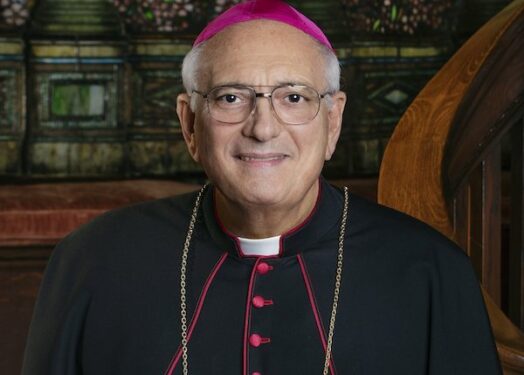
There are almost 45 million immigrants in the United States, which is 13% of our population. This is one of the highest levels since 1890 when it was almost 15%. Those who are undocumented among this group, meaning they have no official legal status in the U.S., are approximately 20.8%.
When we look at the total immigrant population, just over 45% have already attained American citizenship. Some see this fact as a threat to our democracy because 14% of U.S. citizens are not native-born, but the truth is that immigrants have made a significant contribution to our society in the past, as they do in the present.
The new immigrants are well-integrated into our society and into the labor force. About 65% of all immigrants are in the labor force, mostly in essential jobs such as agriculture, construction, and service. Among the undocumented, labor force participation is as high as 94%.
The percentage of American-born children in immigrant families is about 25% of the U.S. births in any given year. Over 50% live in California, Texas, Florida, New York, and Illinois, but immigrants are found in every state.
During the recent pandemic, we learned firsthand about the necessity of so-called essential jobs, as immigrants helped keep the economy going in many industries. It showed how our society can hardly exist without them.
Health care workers, grocery store employees, agricultural workers, and so many other occupations are truly essential to the well-being of the American population. These are essential functions of our society.
Some, however, worry about the displacement of American-born workers by foreign workers, but immigrant workers largely complement the American workforce — working in jobs that Americans may not want — except perhaps where they compete with high school dropouts.
Hispanic immigrants are the largest percentage of new immigrants, which includes those who might be undocumented. A closer look at this group gives us a better indication of their integration into and contributions to our society.
The total Hispanic population in the U.S. is about 62.5 million, which is about 19% of the total U.S. population, with Mexicans making up about 60% of the Hispanic population. The Mexican percentage of the population is decreasing mostly because of less immigration from and more emigration (or return) to Mexico. The nationalities that are increasing in the U.S. are from Venezuela and Central American countries.
Texas, California, and Florida saw their Hispanic populations increase by more than one million people from 2010 to 2020, but there is a significant number of Hispanic immigrants in every state.
English language acquisition has also grown for all Hispanics, especially among U.S.-born children. This is another significant factor in immigrant integration as the educational achievement levels have also continually grown as more immigrant Hispanics come with higher levels of education, then continue their education once in the U.S. Almost half of the undocumented immigrants ages 25 to 64 have at least a high school education.
This demographic and statistical review of our immigrant population in the U.S. perhaps will open our minds a bit to the essential function that immigrants play in our society today. By and large, they contribute to our economy and culture, and successfully integrate into our society. Sometimes the facts can cancel out the prejudices and impressions that are created through misinformation and nativism, which continue to plague our nation.
The New York City Office of Immigrant Affairs recently published a study titled “NYC’s Latinx Immigrant Population.” The word “Latinx” is an invented term that tries to encompass all Spanish-speaking immigrants. When we look at Brooklyn and Queens, we recognize that what we have in our diocese is the largest Latinx immigrant population in the city of New York. The largest nationalities are the Dominicans, Mexicans, Ecuadorians, and Colombians, followed by the Central American countries.
There are almost 1 million Latinx immigrants in New York City, which accounts for 31% of the 3 million immigrants living in the city. The undocumented Latinx population is about half of the total undocumented in New York.
It is interesting that the overall Latinx population has decreased by some 37,000 individuals, a 3.8% decrease over a 10-year period, as the Latinx population, like other groups, leaves for better housing and job opportunities. About 75% of the Mexican and Guatemalan populations are in the labor force, which is 10% higher than the rate for other groups.
Moreover, three-quarters of the Latinx immigrants in the workforce are deemed to be essential workers, as defined by New York state, which is higher than the New York City native-born population. These Latinx immigrants lag in homeownership compared to other groups and endure rental situations where income does not match the housing cost. Their average earnings are lower than other immigrant groups by almost $16,000 per family, while they suffer the highest poverty rates compared to other immigrant groups.
This glimpse of our own Latinx population gives us some insight into the disparities suffered by this group and, at the same time, the considerable progress and integration that they have achieved in our diocese and city.
Bishop Nicholas DiMarzio, who served as the seventh bishop of the Diocese of Brooklyn, is continuing his research on undocumented migration in the United States
